Subi Art Discovery Trail - Subiaco
- Out and About

- Dec 10, 2023
- 10 min read
Updated: May 24

The Subi Art Discovery Trail will lead you to vibrant and rich artworks scattered throughout the City of Subiaco. You can follow the trail on foot or by bike as it winds through the Subiaco Town Centre. For more information on public art in the City of Subiaco click here. To download the Subi Art Discovery Trail pdf click here.
We have joined many See Subi on Sunday 90 minute walks led by Subiaco icon, Marion Gathercole and have also undertaken several of the Subiaco self guided walks discovering other artworks along the way. I have endeavoured to include these sculptures, murals and points of interest as part of this trail so you can get the most out of your experience. The blog has also been updated to reflect the No More Blank Walls murals painted in late 2024.
The trail starts from Station Square but as we generally park at Forrest Square Car Station 14 between Denis Street and Rowland Street we will start at Number 15. All day parking is $9 weekdays but on the weekend and after 5pm weekdays parking is free. This is also a fabulous starting point as it is home to the iconic Okudart artwork (15) showcasing his signature style of geometric harmonies emboldened with intense colours. Printed in 2018 by Spanish artist Okuda San Miguel the mural is an ode to Australia's multicultural community. The koala, meant to represent Australia, holds a globe that represents Australia's many diverse groups and cultures.
A new edition to this space is Karrak (cover picture) painted in 2021 by local artist, James Giddy. This enormous and stunning mural features a male and a female red tailed black cockatoo.
Across the carpark on Rowland Street is Shades of Subiaco (13) created in 2010 by local artist Patricia Stedman. The mural was commissioned by Kevin Jackson, owner of Jacksons Drawing Supplies on which the mural was painted. The mural features an interpretation of Jackson's story.
The plaque next to the mural explains: "When we moved here there was a lawn with three large rose beds down the middle. On most days a gardener from the Subiaco Council would arrive with his wheelbarrow to clean up the leaves and trim the roses. My mother's sister worked for us. Her office was next door to one of the windows that looked out onto Forrest Walk. I remember so distinctly the gardener knocking on the window to give her fresh roses so that almost every day the ladies in the shop and office had roses from the garden."
The rose gardens have since made way for the car park but live on in the mural which features 24 children holding 31 rose themed arty brellas designed by students from Subiaco Primary school.
In 2024 as part of the No More Blank Walls program additional artworks were added to this area including the Wild Drawing mural on Rowland Street and Fintan McGee's work on Forrest Street. Continue along Rowland Street to Hiddlestone Lane to view the Dragonfly artworks and the new mural (2024) by Dan Bianco.

Continue along Hiddlestone Lane towards Rokeby Road and you will find Golden Boy (11) painted in 2012.

Cross Rokeby Road and continue along Hiddlestone Lane behind the Subiaco Hotel to find the smaller details in Pull (10) painted by Robert Jenkins in 2012.

Return to Rokeby road to find Sky’s Chorus (9) by local artist Clare McFarlane in the laneway at 30 Rokeby Road. Clare's design combines the colours and sky of an Aussie summer, with a strong reference to Australian native birdlife. The blues are a clear summer sky, the oranges are the sun and the beach, and there is a flock of black cockatoos providing a strong contrast of dark shapes against a light sky.
Clare says, "Over the sky of birds there are remnants of what could be patterned wallpaper. For me, the pattern is suggestive of layers being ripped away, revealing history and memory of what has been lost. As such, the work speaks about the loss of the natural biodiversity, native environment and ecology. What the wallpaper is covering (or revealing) is a sky full of birds - a sight little seen now, but that is there, still, in our memories."

Catering to Froth Candy and Bubbles (8) is located around here but we were unable to find it - not really sure what we were looking for either.
Head along Seddon Street to see the new sculpture which is part of the public art at the new One Rokeby Road development. return to Rokeby Road through Rokeby Lane where you will find The Ribbon. Incorporating meticulously salvaged jarrah floorboards from the original Subiaco Pavilion Markets, the 40-m ribbon features historical imagery of Subiaco's past, including iconic elements from the revered institution Zimpels. On Roberts Road you will see bike stands made to look like the chairs manufactured by Zimpels.

A new mural (2024) by Sofles can be found off Sagar Lane.

You can detour into Market Square to view the An Gorta Mor Memorial (4) and Neap Tide (3) by Mary Knott. The An Gorta Mor memorial commemorates the suffering of the Irish people during the Great Famine. The sculpture depicts a keening childless mother, and represents the grief and suffering of millions of Irish people between 1845 to 1852.
During The Great Famine of Ireland more than a million Irish people died of hunger and related disease while massive quantities of food were being exported from their country. A half million were evicted from their homes during the potato blight, and 1,500,000 starving and destitute people emigrated to America, Britain and Australia.
The sculpture takes the form of a Celtic double spiral motif, representing the winding and unwinding of birth and death, with the Famine Prayer inlaid in the paving.
Pass by the Rotunda on the way to see the Subiaco Oval Gates before making your way back via the Haydn Bunton Underpass to find the untitled art piece by Jackson Harvey and students from Bob Hawke College which explores the theme nature in the everyday. This striking mural explores the changing of the seasons, and incorporates the College's colour palette of orange, red, and blue. From the underpass head east along Salvado Road.

There is another mural on the carpark entrance to Lions Hearing Clinic on Salvado Road. Continue past St Joseph's Church where you will find Dom Salvado. Next is the location of the old Government Printing Office which is referenced in the public art in this location. You will find The Printers Drawer by Mark Datodi. Created in 2011, this artwork draws its inspiration from the printer's typesetting drawer and references the printing process through various letter fonts. Comprised of three panels, the overall piece has an optical illusionary quality; coming into focus as viewers approach each panel on their own. You will also find the TIME statue (can you see the word TIME hidden within?) and the rainbow print features on the Sheen Street carpark.


Head back to Station Square where you will find Subiaco Square Pavement (1) by Malcolm McGregor, reflecting the coffee culture of this area and the golden glow of Urban Classics (2) by Judith Forrest.
Pass the Clock Tower on Subiaco Square Road before crossing Roberts Road and heading to Subiaco Nightlife (6) by Darren Hutchence and the Sioux Tempestt Mural (7), partially hidden by an array of bins. This area also features the Bran Nue Dae mural by Kamsani Bin-Salleh. This artwork pays homage to the first Aboriginal musical, Bran Nue Dae, that first played at Subiaco's Regal Theatre over 30 years ago and depicts the colours of the Broome landscape.


Wander along Alvan Street past the new (2024) HWJ mural on the Vibe Hotel and the Bec Abdy mural in the carpark.
From here we backtracked to Forrest Walk via Rowland Street to see Digging Deep, by Jahne Rees, created alongside Indigenous Consultant Sharyn Egan. Digging Deep comprises three concrete plinths representing Water, Fire, and Earth. At the end of Forrest Walk is the Arrive to Paradise (12) statue by Ayad Alqaragholli. It’s not the most comfortable seat in Subiaco but it’s certainly the most photographed. Created by a recent immigrant the sculpture reflects his impression of the angels who helped him settle into a new country.


Continue up Rokeby Road stopping in at Walmsley Lane for Interior (14) by Joanna Lamb and Blue Highway (16) by Helen Smith. New artworks by Graeme Miles - Richards (2024) can also be found here.
We were unable to find Untitled (17) by Michael Ryan but did find Moroccan-inspired artwork by Wellshaken alongside the artworks on the wall at Brew Ha before wandering down the arcade at 144 Rokeby Road to see Become what you dream to be (19) by Hayley Welsh featuring her signature whimsical creatures. The mural follows a small monster on the carpark end who grows to a larger and more confident monster with a butterfly near Rokeby Road. It depicts the theme of metamorphosis; showcasing flowers in the middle painted by local children during a community painting workshop

Artist Mel Mc Vee (Melski) worked with Subiaco Museum in order to accurately depict Subiaco’s retail history in her eye-catching work Subiaco was built on a Sunday (18). Painted onto the side of the Cat Cafe, the mural’s name derives from the idea that Sunday was traditionally the only day of the week that locals weren’t at work, giving them the time to build their own homes.

Continue to Postal Walk which features Subiaco Centenary Tiles (20) by Jenny Dawson and Sandra Hill. This 1996 artwork was one of Subiaco’s earliest public artworks and celebrates 100 years of local history, including the indigenous past. The 100 tiles were designed by local school children and the Subiaco community pitched in to lay the tiles. This artwork has recently been reinterpreted so only a select section of the Waugyl remains but arches and a new postbox statue reflect the areas use as a post office.

American artist Evoca1 (21) cleverly captures the essence of the Australian postal service with his work located on the Post Office building, also known as The Boy on the Red Bike. The nostalgic artwork depicts a black swan flying alongside a young postal worker.

Another World Adventure (22) by Daek WIlliams

Commissioned by the Subiaco Church of Christ, The Parable of the Tree (23) mural was inspired by Jesus’s parable of the seed. The finished mural features the silhouettes of Subiaco locals moving around an impressive Boab tree. Painted by artist Bee Tan, the mural was finished with help from community volunteers and can be found in the Rowland Street Carpark.

Subiaco Library features Kite Children (25) and 100 year picnic and the Tea Party (26) by Shaun Tan, his largest paintings to date. In 2002 Shaun painted The Tea Party in the children's section of the Library. The 100 year picnic was painted referencing a photo found in the Subiaco Museum. and on the outside High Voltage (24) by Jeremy Kirwan Ward.
From here you may continue past the Museum into Rankin Gardens with the War Memorial and on along Hamersley Road to the Subiaco Theatre Gardens where you will find Barking Gecko Australian Zodiac made with brightly coloured mosaic tiles. The artwork was created by local school children with help from artists Trish Burvill and Jason Hirst and the Barking Gecko Theatre Company. The original design was done by Grahame Gavin.
You may even spot a rather large Giant in this area! Return along Bagot Road passing Earthwise with it's quirky recycled sculpture art before passing Subiaco Primary School.
Follow Hay Street to Olive Street to locate the Corner Gallery where the walls feature a quirky combination of retro and contemporary style aerosol artworks, part of a collaborative project by local and international artists. The No More Blank Walls map we had showed a new work at 145 Hay Street so we went looking but couldn't find anything and note it is not on the map we sourced a bit later. There was a cute mural on the side of the wall of the car park at 121 Hay Street if you are in the area.
This area of town also features other artworks and a new mural at 30 Townshend Road.


On our return walk from Hay Street we passed some Anya Brock butterflies along Churchill Avenue before sighting the stunning pink galahs by Curtis Hylton (2024) in the Churchill Avenue Car Park 23.


Heading across Rokeby Road along Barker Street you will find a new mural by Danby at Xanthis Lane with Subiaco was built on a Sunday in the background.

Further out of the central Subiaco area is the seventy-four metre long Great Wall of Fine China mural, found at the Hay Street underpass on the corner of Hay Street and Stubbs Terrace. Painted by artists Darren Hutchens, Dan Duggin and Lawry Holdren, the work tells the story of Australian Fine China industry which was based in Subiaco between 1921 to 2006.

The Meaning of Matter by Anne Neil is located on Price and Tighe Streets, Subiaco. “You’ve got my gas bottles!” You might have driven past this forceful artwork by Anne Neil. Find out how it came to be here on the old BOC gas site and reflects the industrial past and the artists visits to get oxyacetylene bottles for her art.

Numerous works by Stuart Green on Atkinson Road, Subiaco
The Australian Fine China factory was a landmark for many and the artworks by Stuart Green offer a tantalising glimpse into the last days of the factory.

There is also heritage information about the area's past use.

Along your travels you will notice other interesting artworks, some functional, some decorative as public art brings the City of Subiaco to life.
This is more of an adult walk but if you find yourself needing to entertain the kids in one of Perth's older suburbs challenge them to a game of spotto and see if they can notice the small detail in the public art works they come across. There are also playgrounds scattered around at Market Square, Mueller Park, Subiaco Theatre Gardens and Subiaco Common.
If you are interested in urban art you can head to Urban Art Map - find the suburb you wish to explore and you will link to a facebook page with all the mural art in pictures. Click on these pictures for descriptions.
To read more blogs go to:
I love wandering along trails, both marked and unmarked, and sharing my discoveries with my Out and About FNC community. If you enjoy reading my blogs please consider a small donation which will be used towards the costs of keeping the website up to date and relevant.

In the spirit of reconciliation Out and About- Family Nature Connection acknowledges the traditional owners of the Wadjak boodjar (Perth land) and their connections to land, sea and community. We pay our respect to their elders past and present and emerging and extend that respect to all Aboriginal and Torres Strait Islander peoples today.

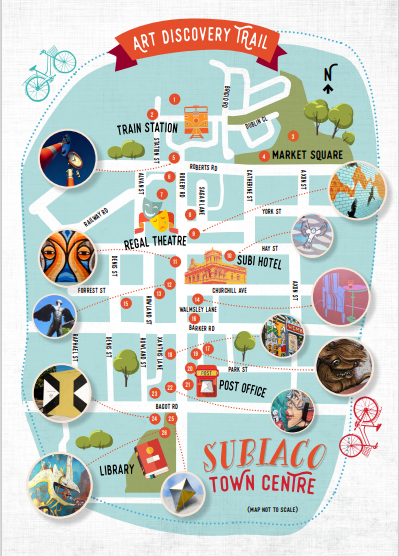























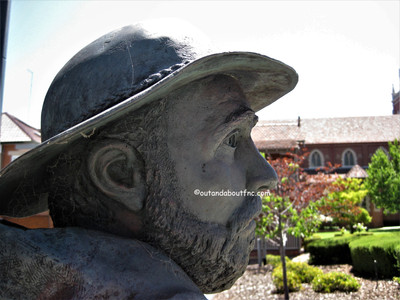








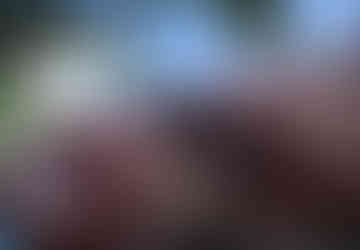



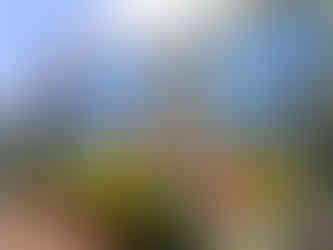

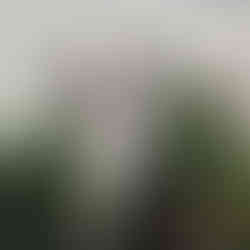











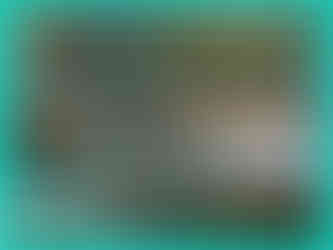





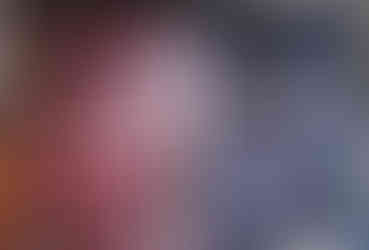







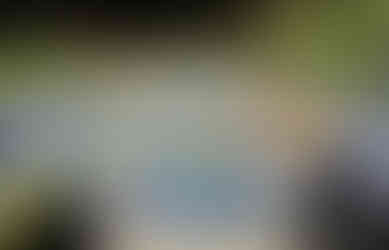



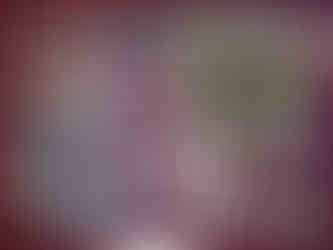



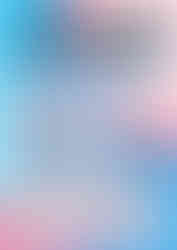


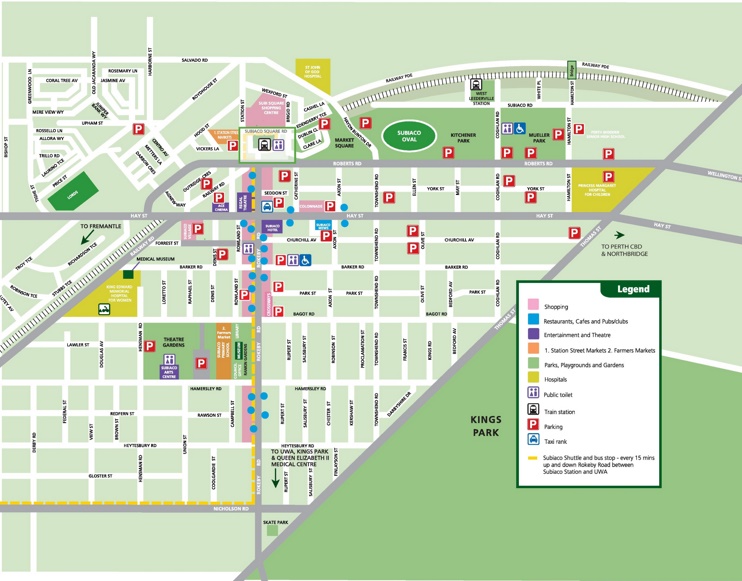



Comments